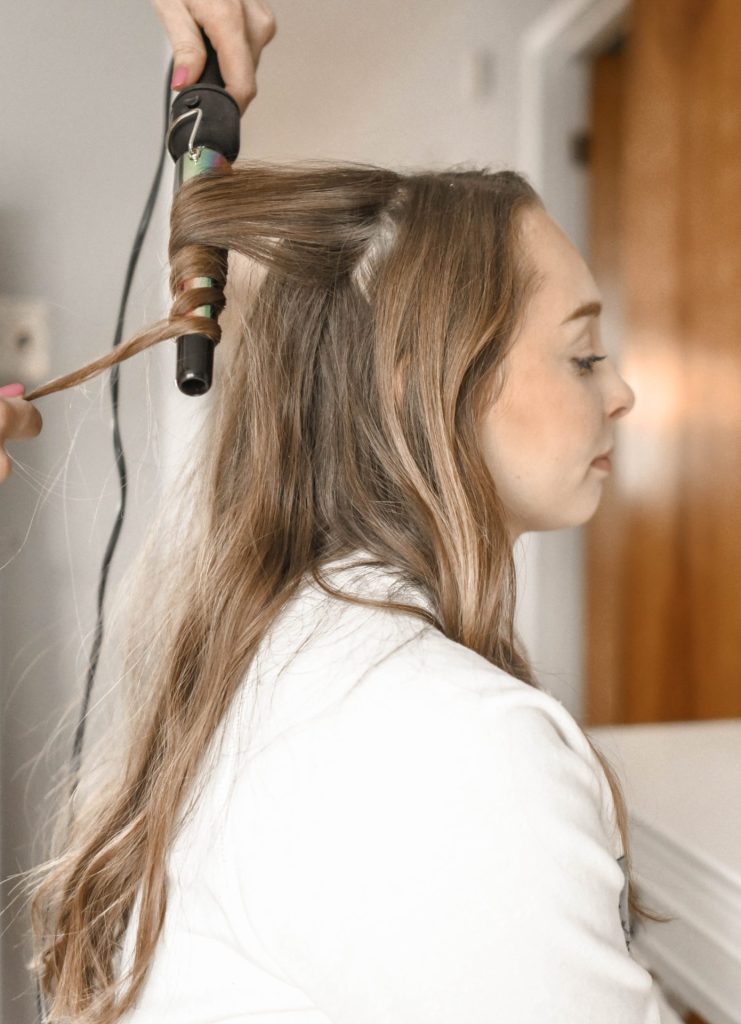Are you debating going solo as a freelance stylist versus staying on salaried employment? Both paths offer alluring advantages along with substantial challenges. By objectively weighing the key pros and cons impacting work life, income, and outlook, you can make the best choice aligned to your priorities.
Salaried Stylist Pros

Being a staff stylist on an employer’s payroll provides alluring stability and support like:
Steady guaranteed income – Salary provides reliable income regardless of client bookings. Slow periods won’t severely impact pay.
Benefits – Health insurance, retirement savings plans, paid time off, and other perks provide essential security nets.
Mentorship – Training and oversight from experienced stylists help build skills, especially for beginners.
Established clientele – Walking into an existing book of customers jumpstarts your career and availability.
Lower risks – With the salon covering overhead costs, less falls on each individual stylist.
Camaraderie – Working alongside peers creates a built-in community, feedback, and engagement.
Salaried Stylist Cons
However, being on staff also imposes compromises like:
Less control – You must adhere to salon hours, policies, and management decisions.
Capped earning potential – Salaries limit how much income you can generate, especially long term.
Product pushing – Meeting retail sales quotas may pressure recommending higher priced items.
Fewer options – Changing salons means reestablishing yourself and surrendering your clientele.
Little flexibility – Taking time off requires approval and following rigid schedules.
** Commercial style** – Creativity may be constrained by mass-market expectations.
Freelance Stylist Pros
Working independently as a booth renter or suite owner provides exhilarating freedoms:
Unlimited earning potential – Hard work and talent drive income higher with no salary ceiling.
Flexibility – Set your own hours and vacation time. Turn down services you don’t want to perform.
Creativity – Express your vision fully through personalised service offerings and branding.
Independence – Operate on your own terms following your own policies and preferences.
Client ownership – Clients follow you wherever you work so your book is portable.
Tax benefits – Generous write-offs lower taxable income as a business owner.
Freelance Stylist Cons

Going solo also brings daunting challenges like:
Unpredictable income – Income fluctuates seasonally. Slow periods bring financial uncertainty. Saving is critical.
No safety net – You must fully self-fund benefits like insurance, retirement, and medical leave.
Administrative burdens – Managing licensing, accounting, marketing, and operations falls solely on you.
High startup costs – Investing in tools, inventory and marketing requires capital.
Instability – Income relies completely on your efforts and reputation. Illness or injuries take a heavy toll.
Isolation – Independence means less camaraderie and bouncing off other stylists’ creativity.
The Stats!
Statistics confirm a significant portion of industry pros gravitate toward the freelance path. According to a 2022 survey by the National Hairdressers Federation, approximately 40% of UK stylists identify as freelance or self-employed, with 33% working as employees and the rest being salon owners. In the US, research by First Research shows an even higher rate of around 60% of hairdressers operating as independent contractors. These figures suggest freelancing appeals to many stylists seeking greater agency over their working terms and environment.
Analyse both paths’ upsides and pitfalls considering your risk profile, skills and economic status. Neither offers an inherently superior choice – it depends entirely on aligning with your personal definition of career success. Trust your talents and temperament to pick the path that plays to your strengths.
